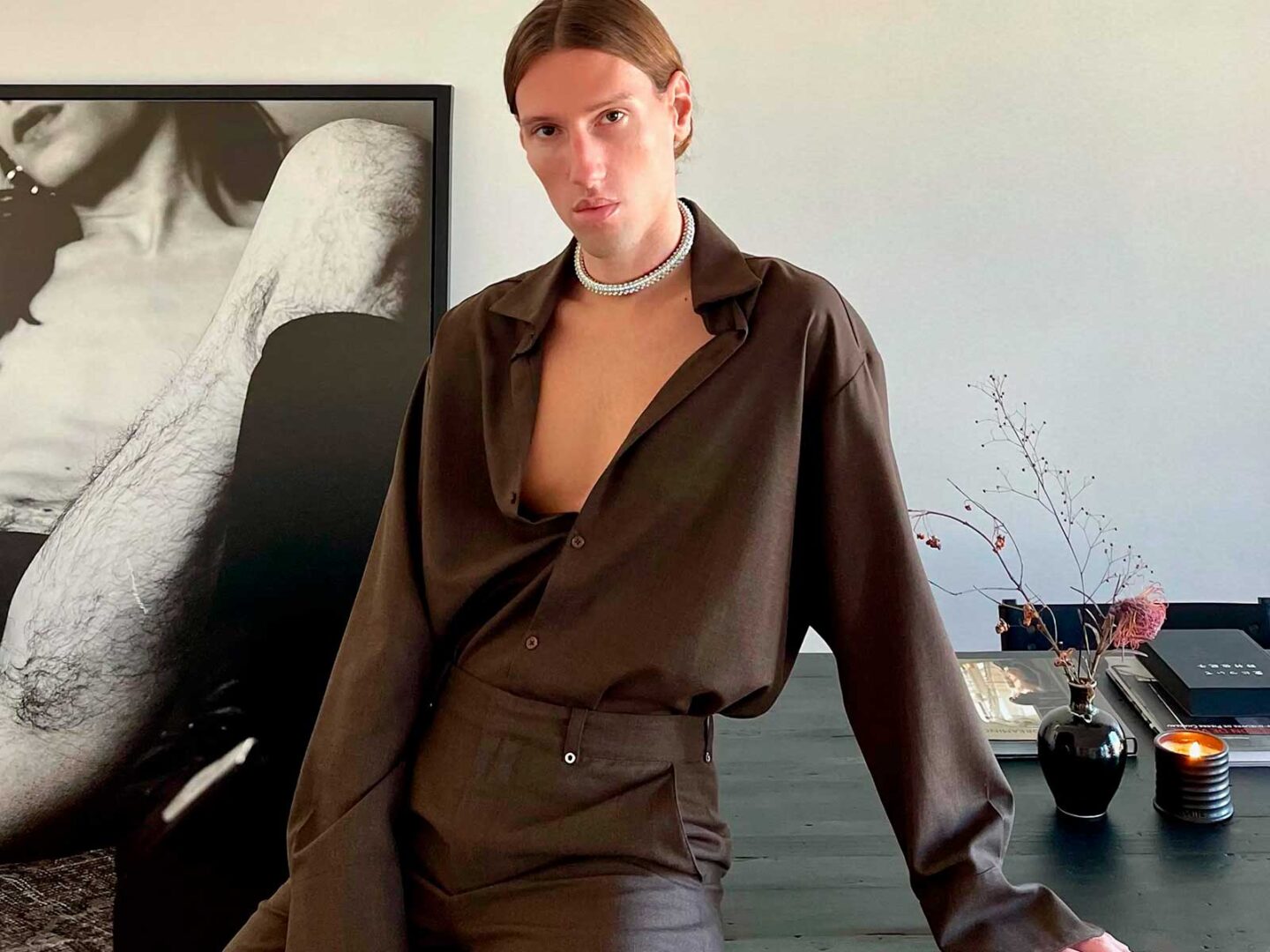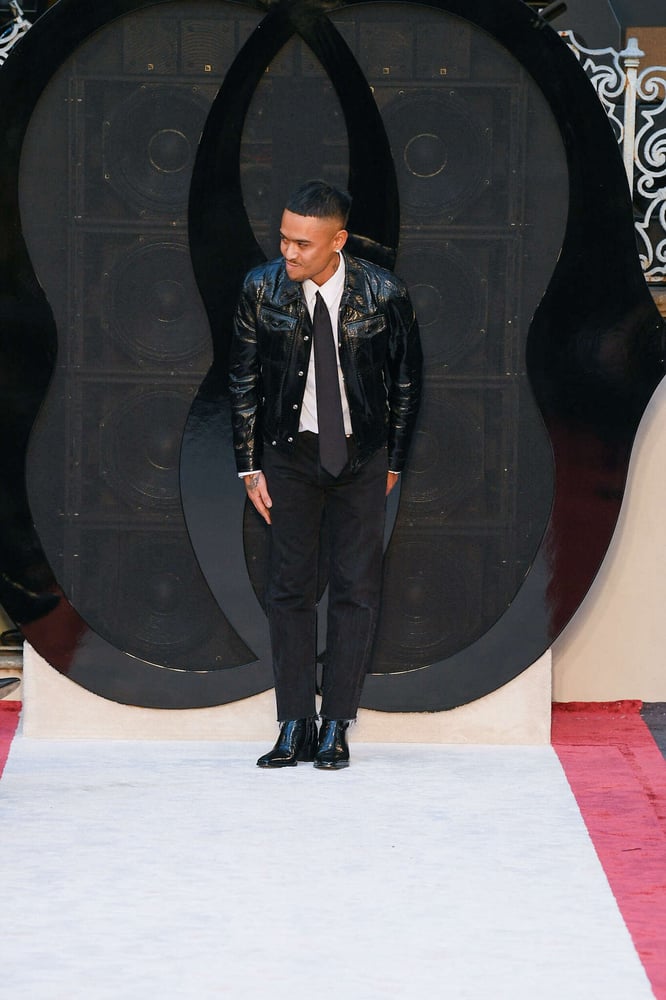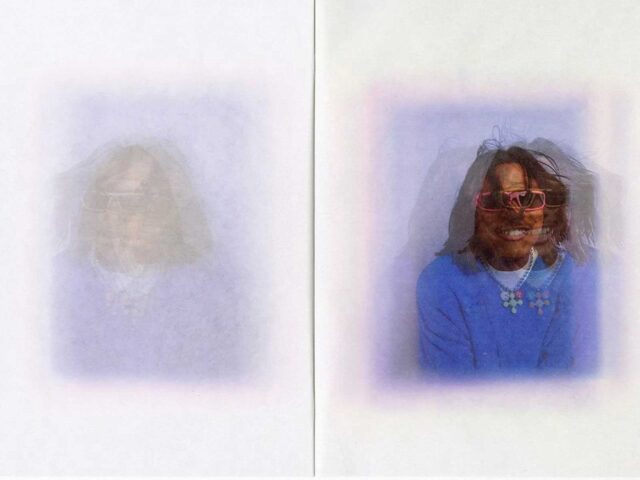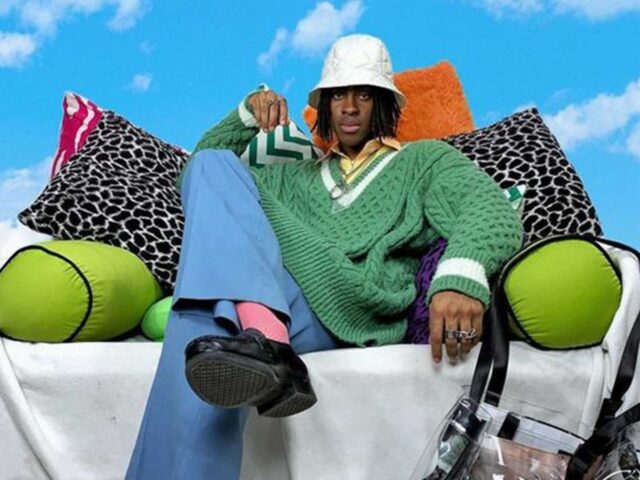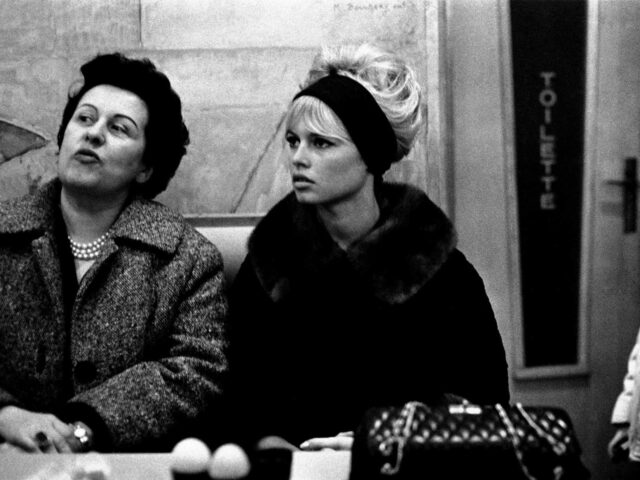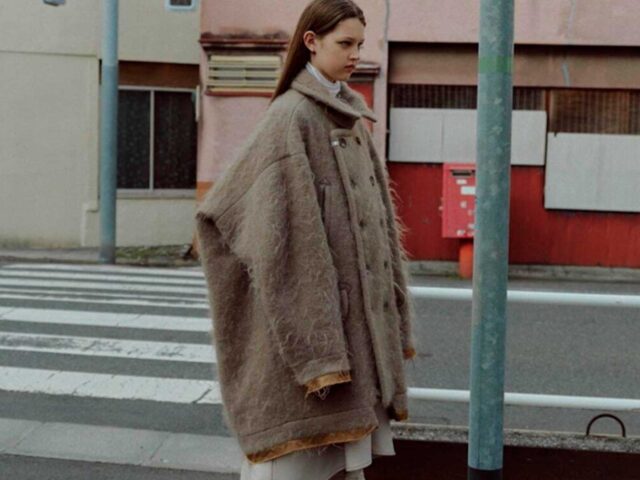The latent debate about whether firms really need the intervention of a creative director or not is now on another level in the fashion world after the departure of Rhuigi de Rhude, a year and a half after his appointment. An emerging nomadic movement that has been joined by Ludovic marking the end of a fleeting era at Ann Demeulemeester after presenting only one collection. All this has revived issues such as the duality within the firms between the artistic and the commercial side, and the harmonizing role that the creative director could have between these two aspects.
Over the past few years, we have witnessed countless appointments of creative directors whose media profile has been questioned. A trend that may have started with the appointment of Virgil Abloh to LV: a link that ended up elevating the brand through a high concept of luxury streetwear backed by LVMH’s managerial support. Not to mention Kim Jones’ role at Dior Homme, and all the creative unions that blossomed from that core.
Both Abloh and Jones, Matthew M. Williams at Givenchy or NIGO at Kenzo reinvented the brands through their identity and codes, taking them to the top of fashion. An elevation on which there was still a lingering doubt about whether these appointments were really thought through by linking them with the brand’s own identity, with its aesthetics and archive, or if they were just part of a show or a performance generated by the streetwear hype and/or motivated by those iconic personalities with a large following and a vast expectation in the media.
In fact, Saint Sernin’s ascension to the creative directorship of Ann Demeulemeester recently revived this debate, because of the Parisian designer’s intrinsic association with an aggressively sexy and disruptive aesthetic, and a DNA seemingly at odds with the Belgian cult brand’s romantic sensibility.
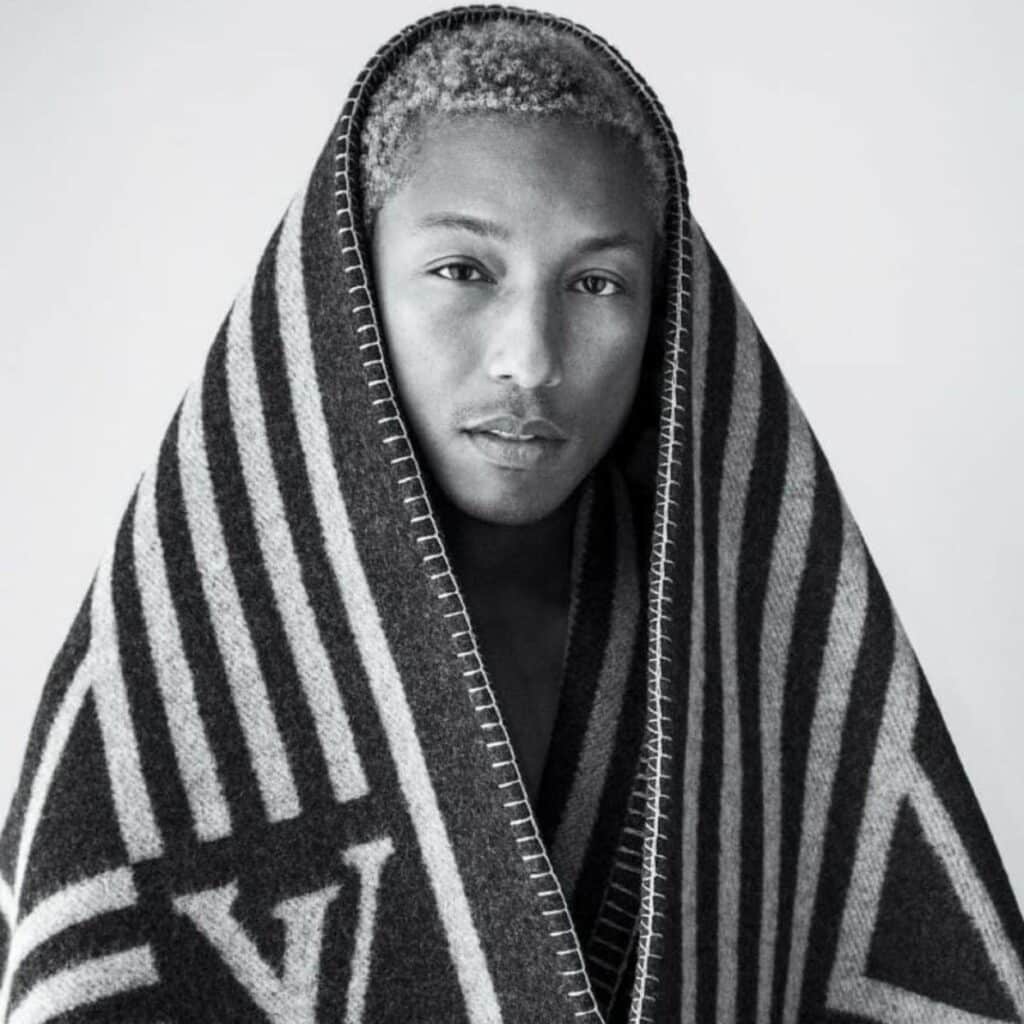
In parallel, within this system, a neo-liberal game is established in fashion as a business, under the capitalist structural perspective, in which if creative directors do not produce at the pace dictated by the cycle of trends or if the expected profits or successes do not materialize quickly, they are totally discarded, and relegated to a club of “failures”.
However, dodging the chaos and ephemeral transitions of the industry, it is hoped that Pharrell’s role in creative direction at Louis Vuitton or Peter Do’s at Helmut Lang will transcend into their archives, taking the brands to the pinnacle of being truly in sync in concept and substance, while making many other firms rethink that hype is often not the solution.
Sigue toda la información de HIGHXTAR desde Facebook, Twitter o Instagram
You may also like...
